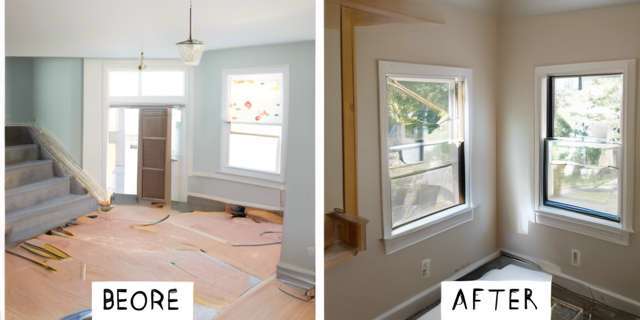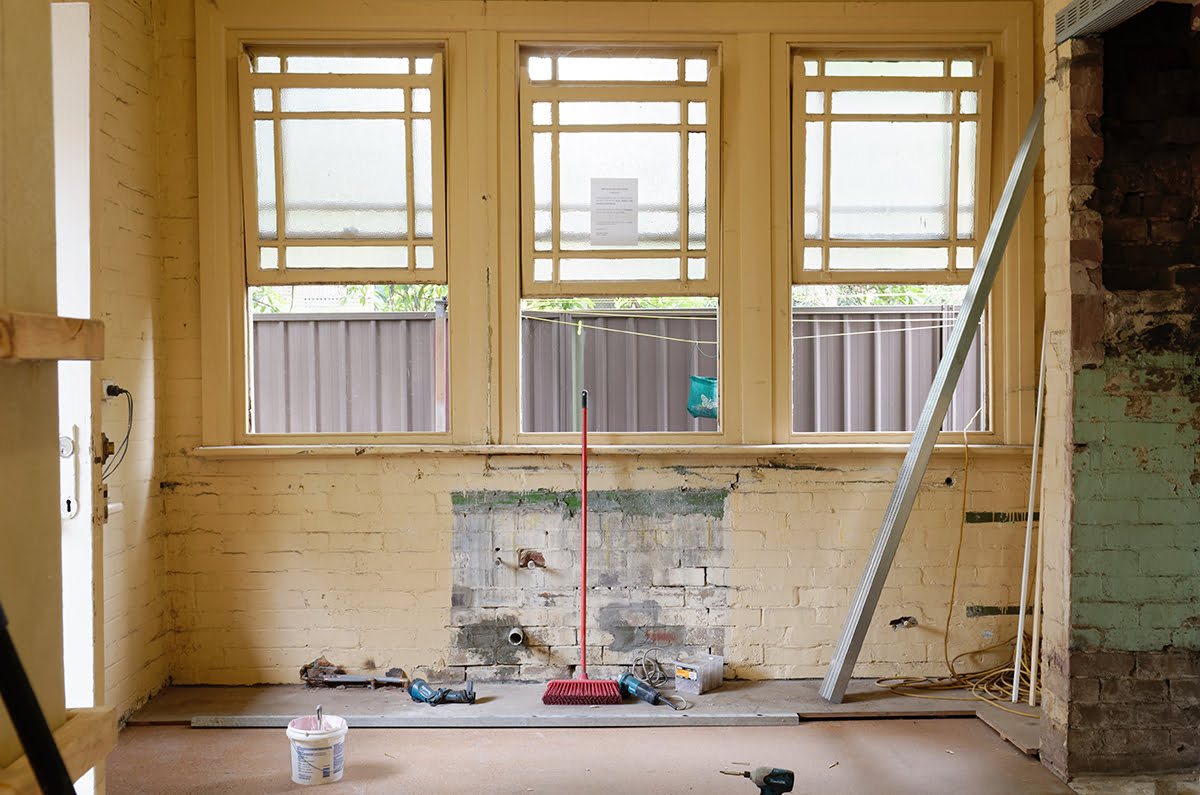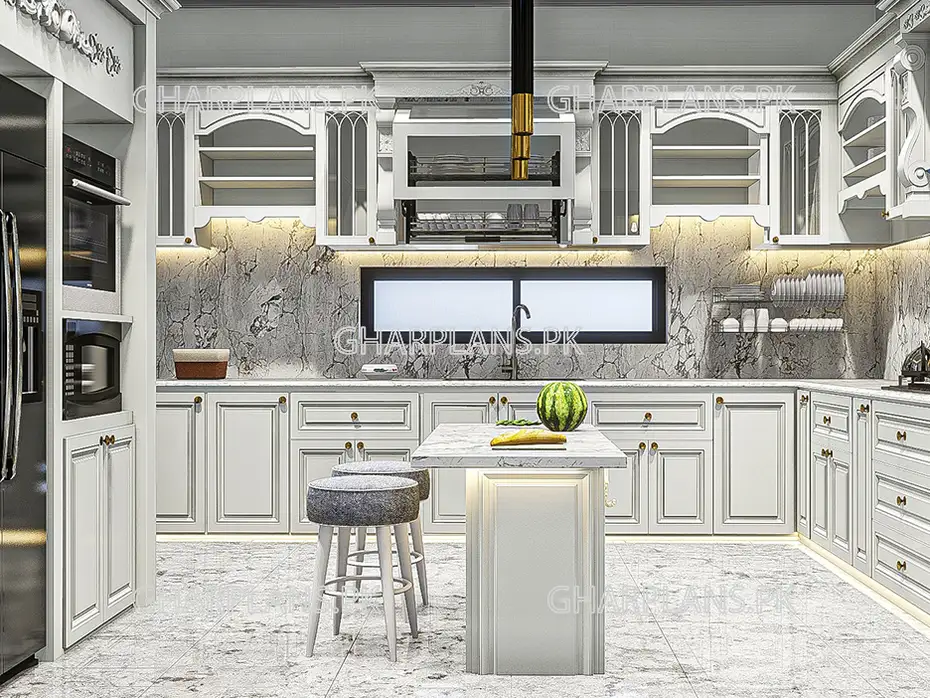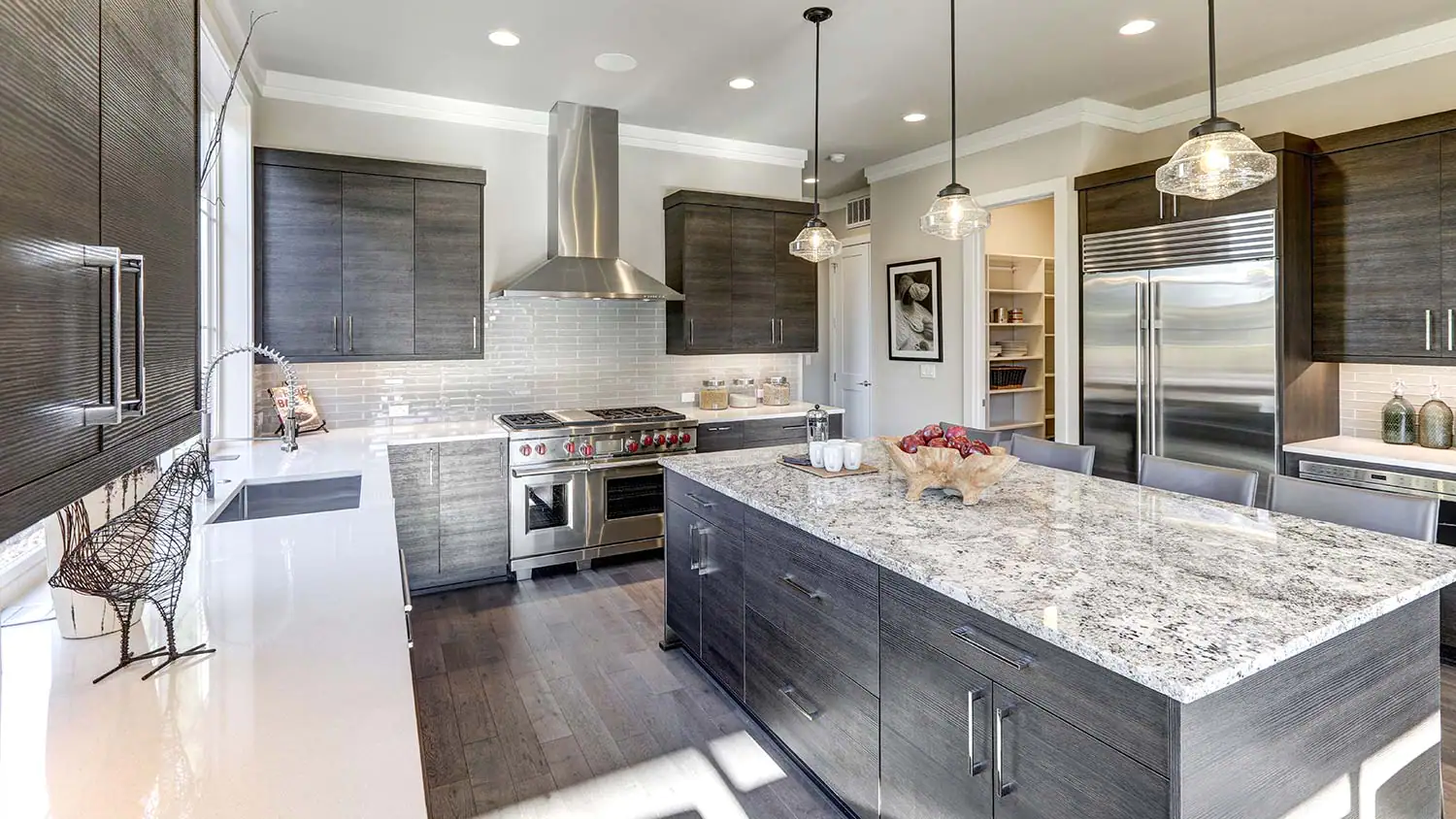Home Improvement: Transform Your Living Space for Comfort and Value

Home improvement involves many different tasks and activities to make the interior, exterior, and other parts of the house look better. In this case, the focus is on tailoring your area to your needs and preferences while potentially increasing its value.
Develop a home improvement plan plan
Figure out what you want and need: First, look at the current condition of your home and write down your long-term goals. Is your goal to make it more comfortable or to increase its resale value?
Create a budget: Create a reasonable budget that includes all possible costs, such as supplies, labor, and unplanned costs.
Timeline Planning: Develop a timetable for your work, including steps such as planning, purchasing materials and construction.
Design ideas and resources
Ideas: Browse magazines, blogs, and social media sites like Pinterest to get ideas.
Maintain a consistent look: Make sure the style and structure of your home doesn’t conflict with the design choices you make.
How to decide what you can do yourself versus hiring a professional: Look at your skills and resources to determine what you can do for the job.
When to Hire a Professional: When you need something complex or specialized done, it may be faster and better to hire an experienced builder or designer.
Key areas of home improvement
Remodel your kitchen: Changing your kitchen can have a big impact on how your home functions and looks.
Bathroom Upgrades: Modernize your bathroom to make it more comfortable and luxurious.
Living space renovations: Making changes to your living space can make your home feel better and more user-friendly.
Environmentally friendly ways to improve your living environment
Energy-saving updates: You may want to add windows, insulation and heating systems that use less energy.
Sustainable materials: When carrying out repairs, use environmentally friendly materials so that the environment lasts longer.
Smart Home Technology Home Automation: Installing a smart home system can make your home safer and more efficient.
Security improvements: High-tech cameras and security systems can give you peace of mind and make you feel safe.
External improvements
Green: Well-planned greenery can make your home look better from the street.
Outdoor Living Space: Adding useful outdoor space to your home can increase its value and make your living room feel larger.
Comply with regulations
Permits and Approvals: Before you begin any work, make sure you obtain all required permits and approvals and follow all regulations in your area.
Local Zoning Rules: Know the zoning rules in your area to avoid breaking the law.
Loan options for project financing: Explore different loan options, such as a mortgage loan or a personal loan, to cover the costs of your project.
Budget management: To avoid going over budget, track your expenses and manage your budget as you go.
How to avoid common mistakes
Spending too much in one area: Spread your budget evenly across the entire effort to avoid losing value over time.
Ignore hidden costs: During a renovation, you should be prepared for unplanned costs.
Care and maintenance
Regular Inspections: Perform regular inspections to quickly identify and resolve maintenance issues.
Preventive measures: Perform preventive maintenance on parts of your home to extend its life.
What’s new in home decor
Technology integration: More and more technologies will be incorporated into home improvement projects, making them more useful and convenient.
Market Influence: Understand what market trends are and how they impact purchases and home improvement choices.
In summary
Home repair is a fun and rewarding project that requires careful planning and implementation. By considering the things mentioned, homeowners can change their location to make them more comfortable and increase their value.



